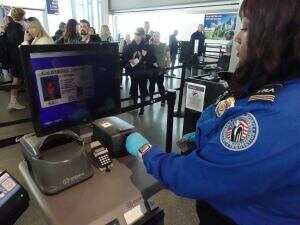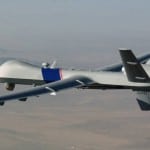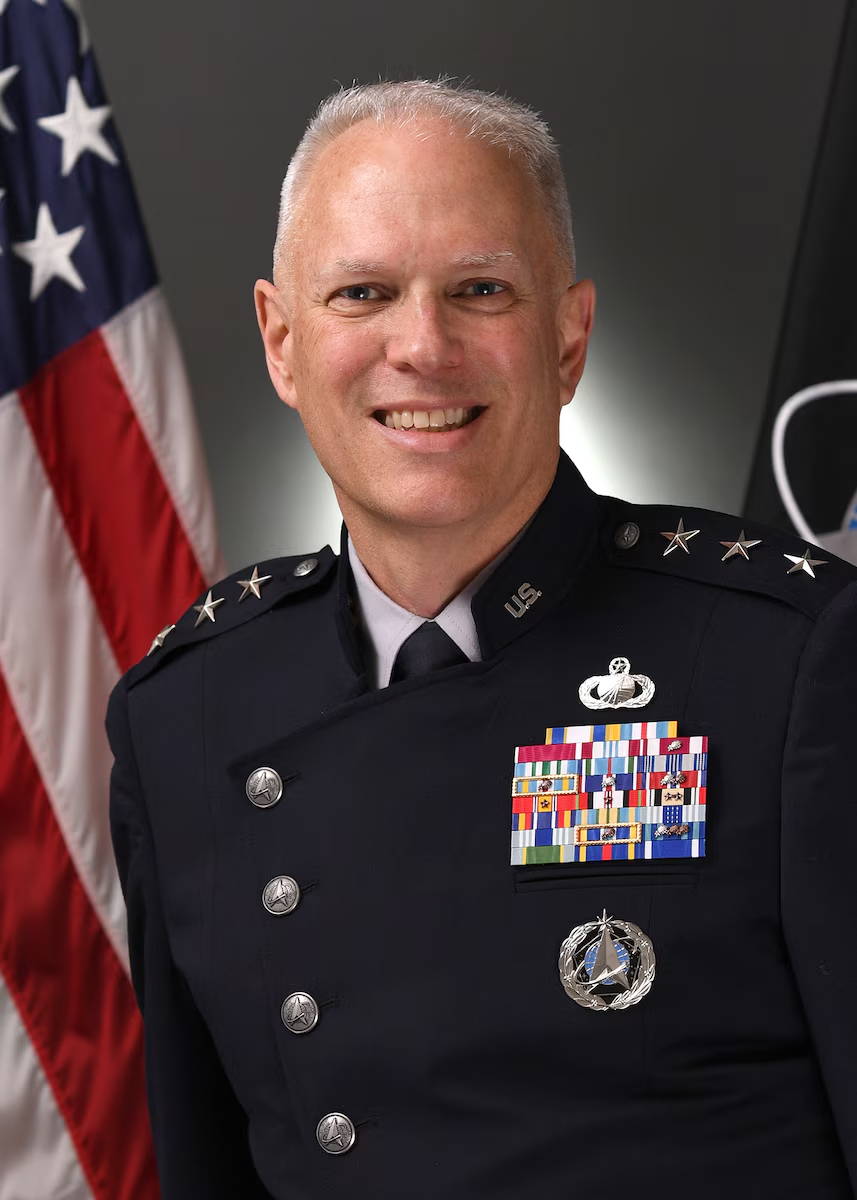
The Transportation Security Administration (TSA) this summer is on-track to conduct pilot evaluations of facial recognition technology at checkpoints at three airports as the agency progressed down a path to eventually deploying the biometric technology in the future, TSA officials said this month. For the upcoming pilots, a camera will be integrated with TSA’s new Credential Authentication Technology (CAT), enabling a photo to be taken of a passenger for an automated comparison of the traveler’s image contained on his or…

 By
By 











